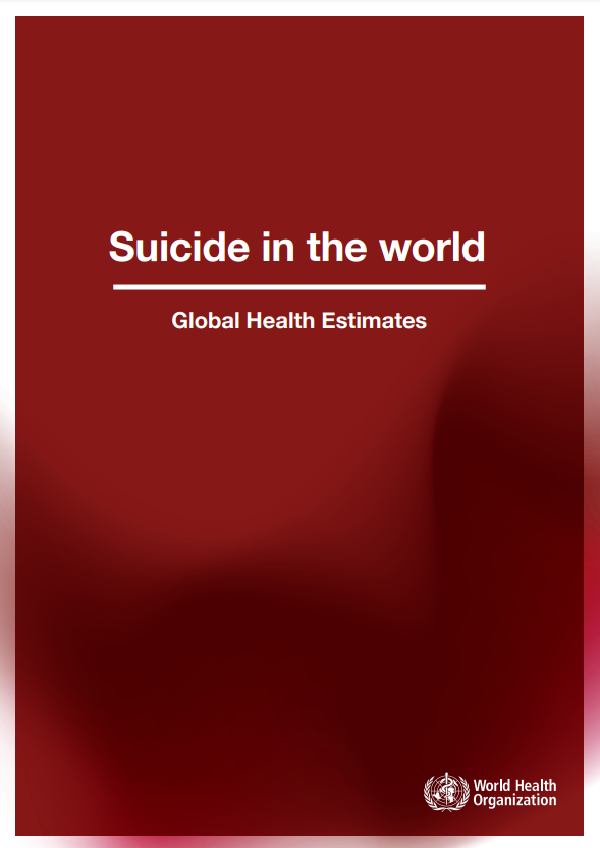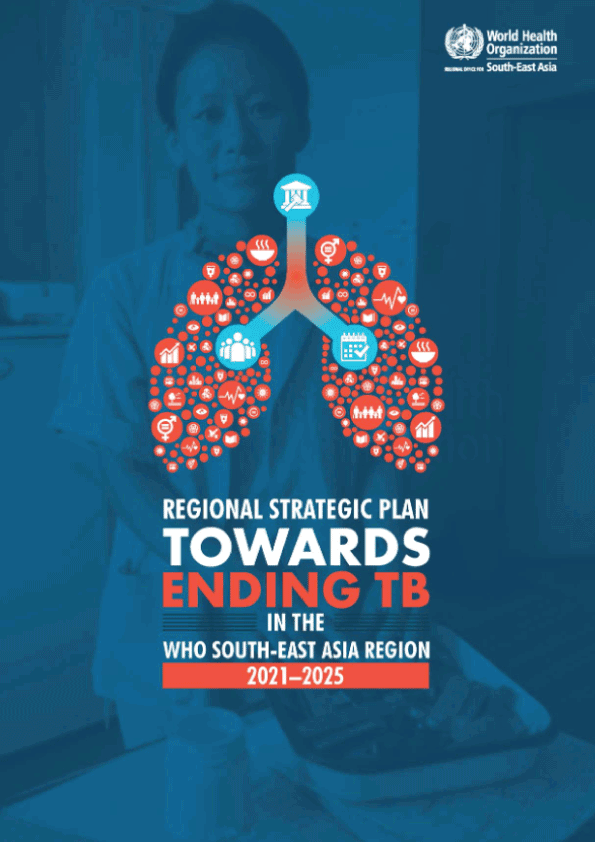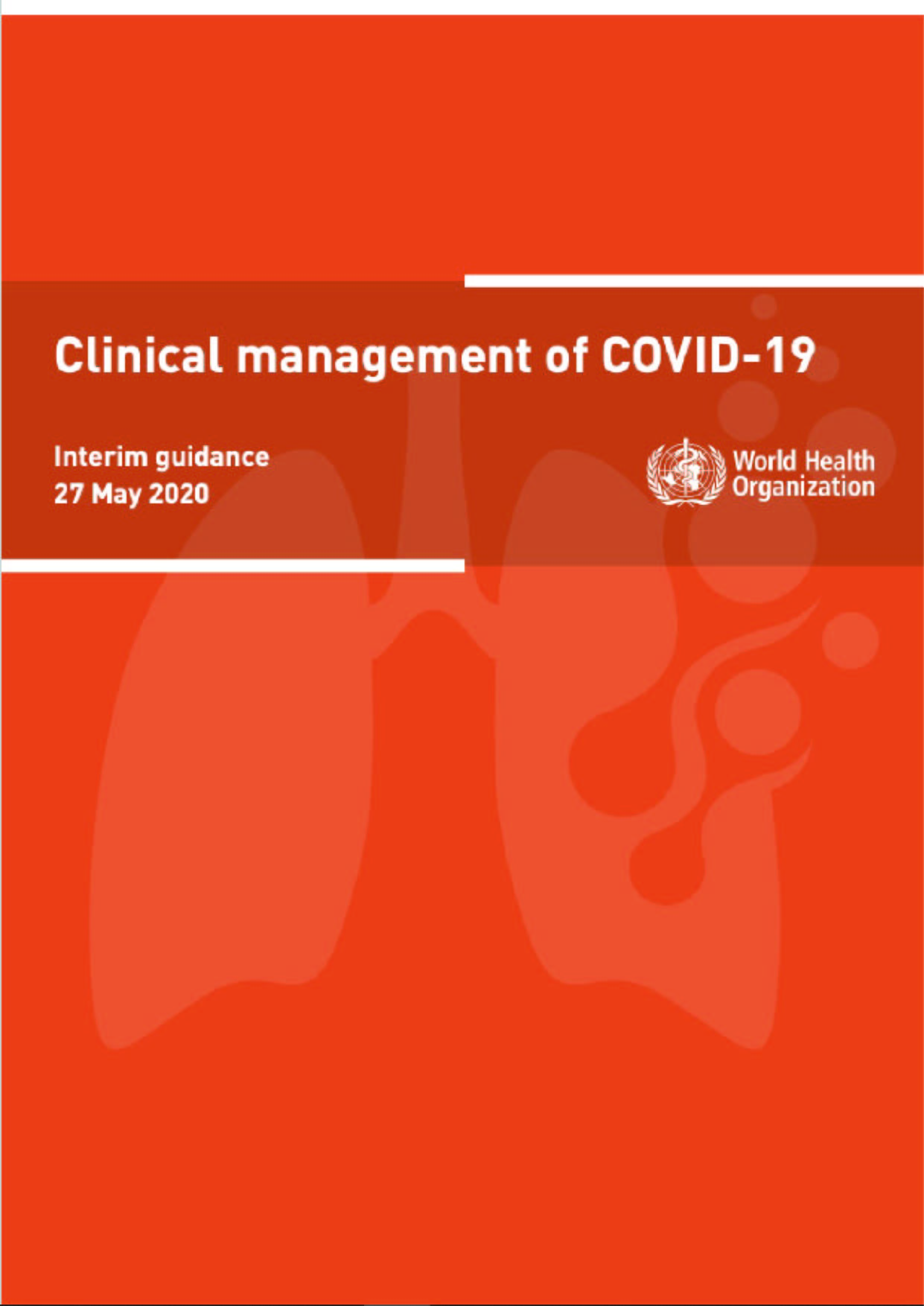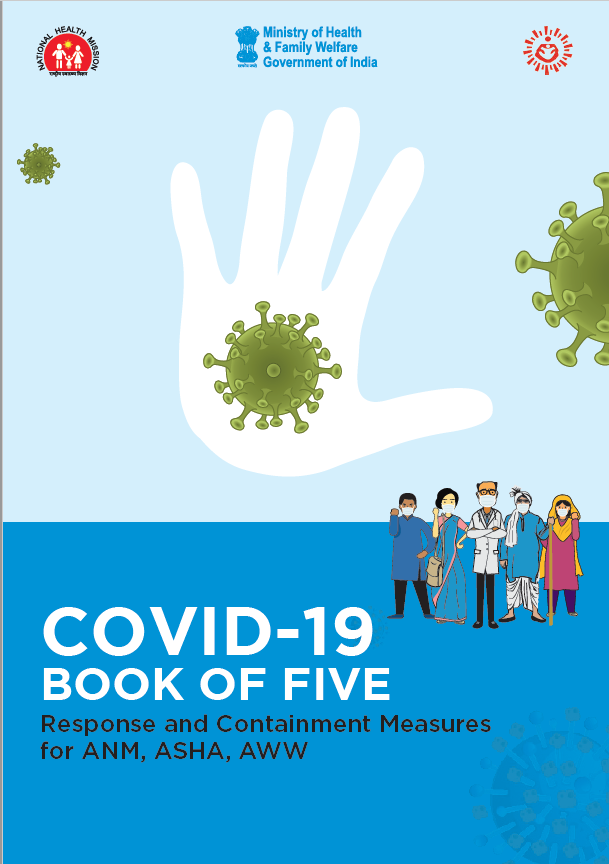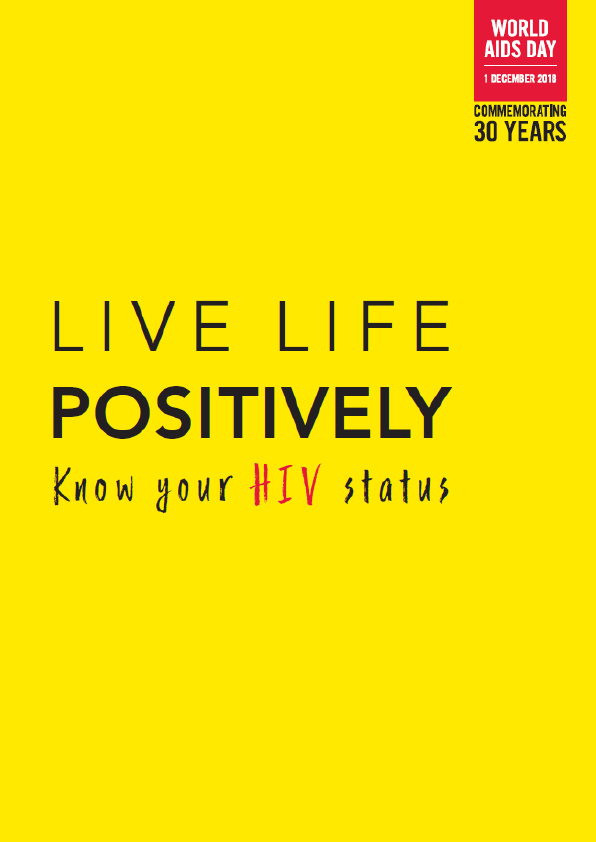Suicide is a serious global public health issue. It is among the top twenty leading causes of death worldwide, with more deaths due to suicide than malaria, breast cancer, or war and homicide. Close to 800 000 people die by suicide every year.
The reduction of suicide mortality has been prioritized by the World Health Organization (WHO) as a global target and included as an indicator in the United Nations Sustainable Development Goals (SDGs) under target 3.4 (see Box 1), the WHO 13th General Programme of Work 2019-2023 and the WHO Mental Health Action Plan 2013-2030.2 A comprehensive and coordinated response to suicide prevention is critical to ensure that the tragedy of suicide does not continue to cost lives and affect many millions of people through the loss of loved ones or suicide attempts.
The timely registration and regular monitoring of suicide form the backbone of effective national suicide prevention strategies (WHO, 2014). In order to identify specific groups at risk for suicide, it is important for countries to use disaggregated rates by sex, age, and method. Doing so provides essential information for understanding the scope of the problem so that interventions can be tailored to meet the needs of specific populations and to adjust to trends.
Data sources
This booklet presents the most recent available suicide mortality data from the WHO Global Health Estimates for the year 2016 and trends from 2000. To facilitate comparisons across countries, rates are age-standardized according to the WHO World Standard Population which assumes one standard age distribution of the population in all countries.
Data are presented at the global and regional level, by age and sex, as well as over time. Country-specific estimates are provided in the Annex. Estimates are calculated using mortality data reported by countries to the WHO Mortality Database as the key input data. Full details of the methods and data sources used as well as the data and analyses can be found on the WHO Global Health Estimates website.
Data quality
Of the 183 WHO Member States for which estimates were made for the year 2016, close to 80 had goodquality vital registration data. Modelling methods were required to generate estimates for the majority of remaining countries, which were mostly low-and middle-income.
As the majority of suicides are estimated to occur in low- and middle-income countries, good quality vital registration data are urgently needed in these settings. Improving the surveillance of suicide is important in order to inform planning and evaluation in countries, and to accurately assess progress towards global suicide mortality targets.
Conclusions
The suicide mortality data presented in this booklet underscore the imperative that urgent action is needed to prevent suicide. Suicide is a global public health issue. All ages, sexes, and regions of the world are affected. Each item of data here represents a life that has been lost to suicide; each loss is one too many.
Overall, the global age-standardized suicide rate is somewhat in decline, but this is not observed in all countries around the world. Should the decline continue at its current rate, global targets to reduce suicide mortality will not be met. Lives will be lost, while suicides are preventable. Further action and strengthening of ongoing efforts in the implementation of key effective suicide prevention interventions (i.e. restricting access to means of suicide, interaction with the media for responsible reporting, training young people in their life skills, and early identification, management and follow-up) as described in the LIVE LIFE strategy (WHO, 2018) are crucially needed, to save lives lost to this serious public health issue.
